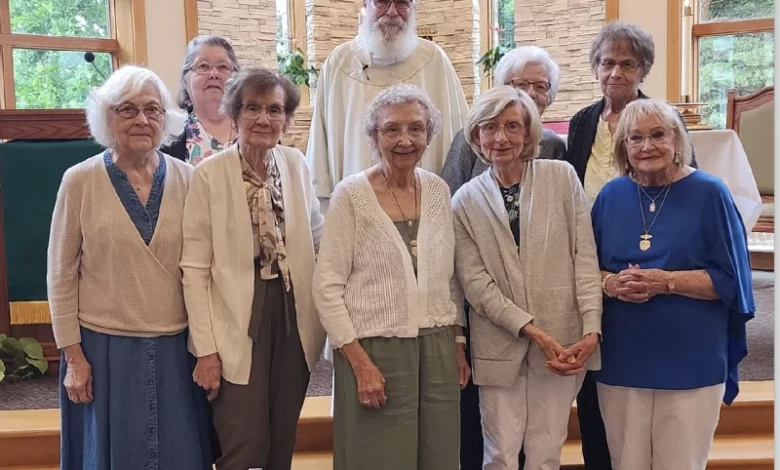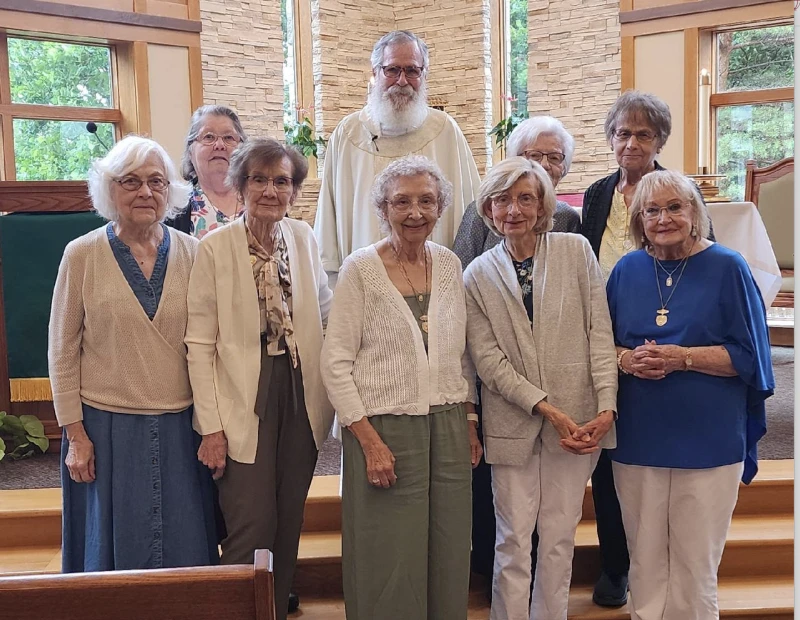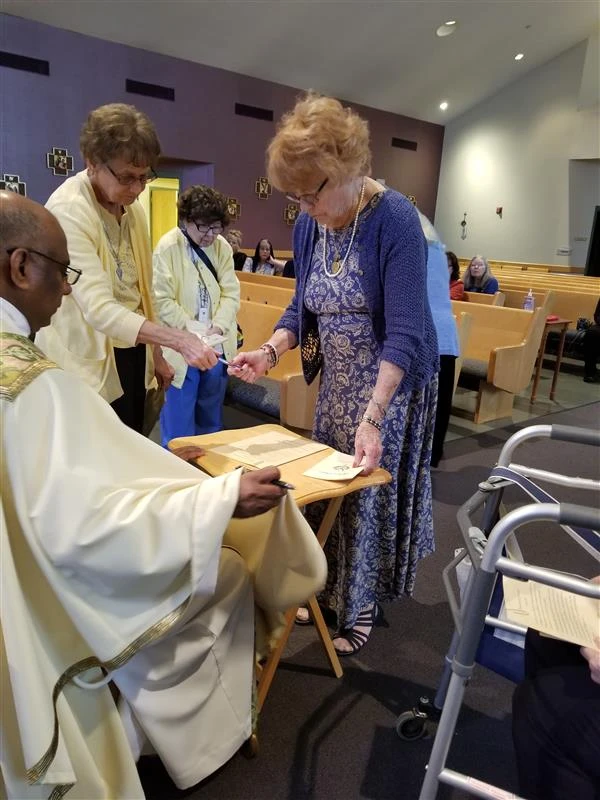Widows of Prayer: How women who have lost their husbands are keeping the faith

 Widows who are members of the Widows of Prayer gather together in community in various parts of the country. The group is headquartered in the Diocese of Green Bay, Wisconsin, and has grown since its founding in 1994 from five widows to 60, with eight candidates currently in discernment. / Credit: Photo courtesy of Widows of Prayer
Widows who are members of the Widows of Prayer gather together in community in various parts of the country. The group is headquartered in the Diocese of Green Bay, Wisconsin, and has grown since its founding in 1994 from five widows to 60, with eight candidates currently in discernment. / Credit: Photo courtesy of Widows of Prayer CNA Staff, Dec 22, 2024 / 07:00 am (CNA).
After Cecilia Cortes-Peck lost both her husband and her son, she wanted to dedicate her life to something. She felt called to devote her life to prayer by making promises to the “Ordo Viduarum,” or Order of Widows — and to not remarry.
But there was one small problem. There was no group of widowed women where she lived in Ohio for her to join. So, Cortes-Peck appealed to the bishop in a letter in 2022 and in October, the Diocese of Columbus, Ohio, approved the establishment of an Order of Widows, which is not a religious order or an association but a special group similar to the Order of Virgins.
Cortes-Peck is now one of six widows in formation as part of the newly established group.
The newly-formed order in Columbus is not the only group of faithful widows in the U.S., however. Carlotta Stricker, assistant servant leader for the Widows of Prayer, spoke with CNA about the daily life of a Widow of Prayer.
The Widows of Prayer is based in the Diocese of Green Bay, Wisconsin, has grown since its founding in 1994. It began with five widows and has since grown to 60, with eight candidates in discernment. The apostolate remembers in their prayers an additional 83 members who have passed away.
Daily life as a Widow of Prayer
“As a Widow of Prayer, we live our lives with God as our focus,” Stricker explained. “Responsibilities include: daily Mass, Eucharist, rosary, adoration, Liturgy of the Hours (morning and evening), and Divine Mercy Chaplet. All other forms of prayers and spiritual reading are encouraged. We find that most of the widows coming to us are already practicing these prayerful activities.”
The widows don’t live in community the way many Catholic religious sisters and brothers do.
“Most of our widows live in their own homes — some in nursing homes — but no matter the age or health, we are able to pray,” Stricker said. “We have some widows who still have a job. In spite of our promise and vows, we are still mothers, grandmothers, and great-grandmothers and still have an active role in our families lives.”
The Widows of Prayer has hubs in various dioceses as well as “remote” members of the community. Once there are three or more members in an area, they can become a new community.
“For those Widows of Prayer who have a community close to them, they are able to [gather] in person,” Stricker explained. “For those Widows of Prayer who are remote, they join meetings and prayer sessions via Zoom. We are fortunate that this can be done because of the age and health of our widows.”
“This allows us to feel connected and part of the whole apostolate; we are truly sisters in Christ Jesus!” she added.
Stricker explained that the Widows of Prayer takes inspiration from Mary.
“We call Our Blessed Mother the first Widow of Prayer,” she said. “Vatican archives do not indicate who started the Order of Widows, but it is assumed that it was Our Blessed Mother who was herself a widow and the only one to receive instruction in the Temple as a child. She has asked humanity to pray for her son’s priests and his Church.”
Stricker feels that her vocation honors both God and her late husband.
“It is a privilege to dedicate the remainder of our lives to God!” she said. “I also feel that I am honoring my husband and my marriage by doing this. I chose not to remarry and focus on heaven, and every day is a blessing!”

Becoming a Widow of Prayer
Those interested in becoming a Widow of Prayer go through a process of formation and promises over several years.
“For those Catholic widows who are looking for a religious life, they begin their first year of formation and discernment once their application has been approved and accepted,” Stricker explained. “At the end of the first year they are invited to profess their first promise. A year later they make their second promise and the third is their final and permanent promise.”
The third promise includes a profession of private vows of consecration: simplicity, chastity, and obedience, Stricker explained. Widows of Prayer members make their promises after the homily at a Mass with the assistance of the priest and the general servant leader of the Widows of Prayer.
“Our foundress, Mary Reardon, WP, was hoping for approval of the name Order of Widows, which was listed in the Vatican archives and was established while Jesus was on earth,” Stricker said. “Aside from the name difference, we function as the same order by dedicating our lives to Our Lord and his Church, in which we pray for priests, Church leaders, the Catholic Church. These prayers include seminarians and deacons.”
Stricker said the “formation and building” of the apostolate is challenging and “takes great time and work.” Reardon developed statutes, bylaws, and formation materials that were later approved by the bishop.
“Now we have the ability to have religious communities throughout the world with the approval of the bishop in that diocese,” Stricker noted.





